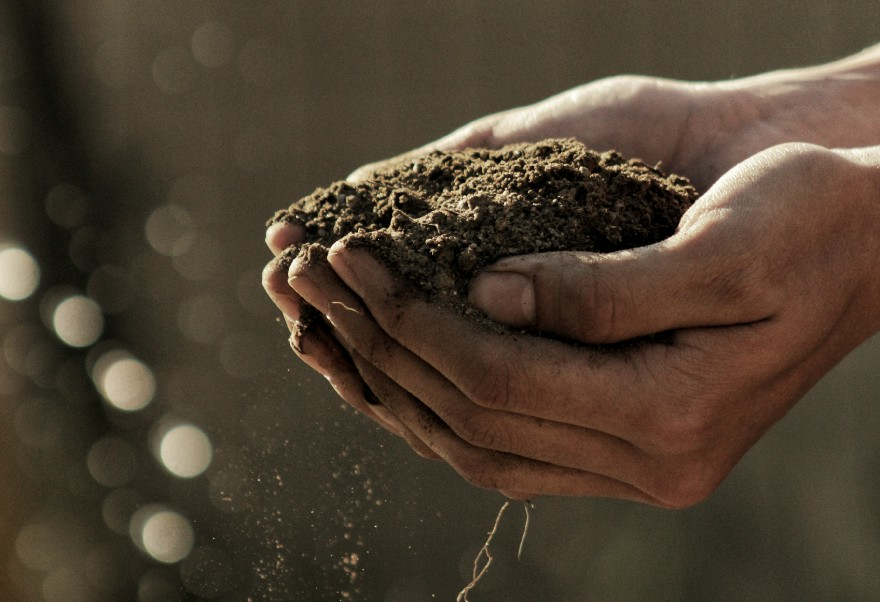
Simple soil test: Determine soil type & quality
When choosing the right vegetable plants, the type of soil you have in your garden is crucial. The soil texture also influences how often you need to water and fertilize in summer. To determine the soil texture of your garden, there are two key parameters: the particle size and the humus content.
Testing soil quality: the sludge sample
With the finger test, you can easily determine your soil type without any tools. On the one hand, you can determine the particle size and therefore the composition of your soil. On the other hand, you can use the color to find out the humus content of your soil.
1) Determine soil type with the sludge sample
The type of soil is defined by the particle size, the so-called grain size. The particle size is a good indicator of whether your soil is heavy or light. The larger the particles, the lighter. If you have a lot of fine clay particles in your soil, it is a heavier soil. It holds water longer, a great advantage in dry summers. In addition, heavy soils are often richer in nutrients than sandy soils. You can find more information about heavy and light soils here.
Understanding soil composition: Granulation and grain sizes
| Grain size | Particle size |
|---|---|
| Stones and gravel | > 2 mm/ 0,07 in |
| Sand | 0,05 - 2 mm/ 0,002 - 0,07 in |
| Silt | 0,002 - 0,05 mm/ 0,00007 - 0,002 in |
| Clay | < 0,002 mm/ 0,00007 in |
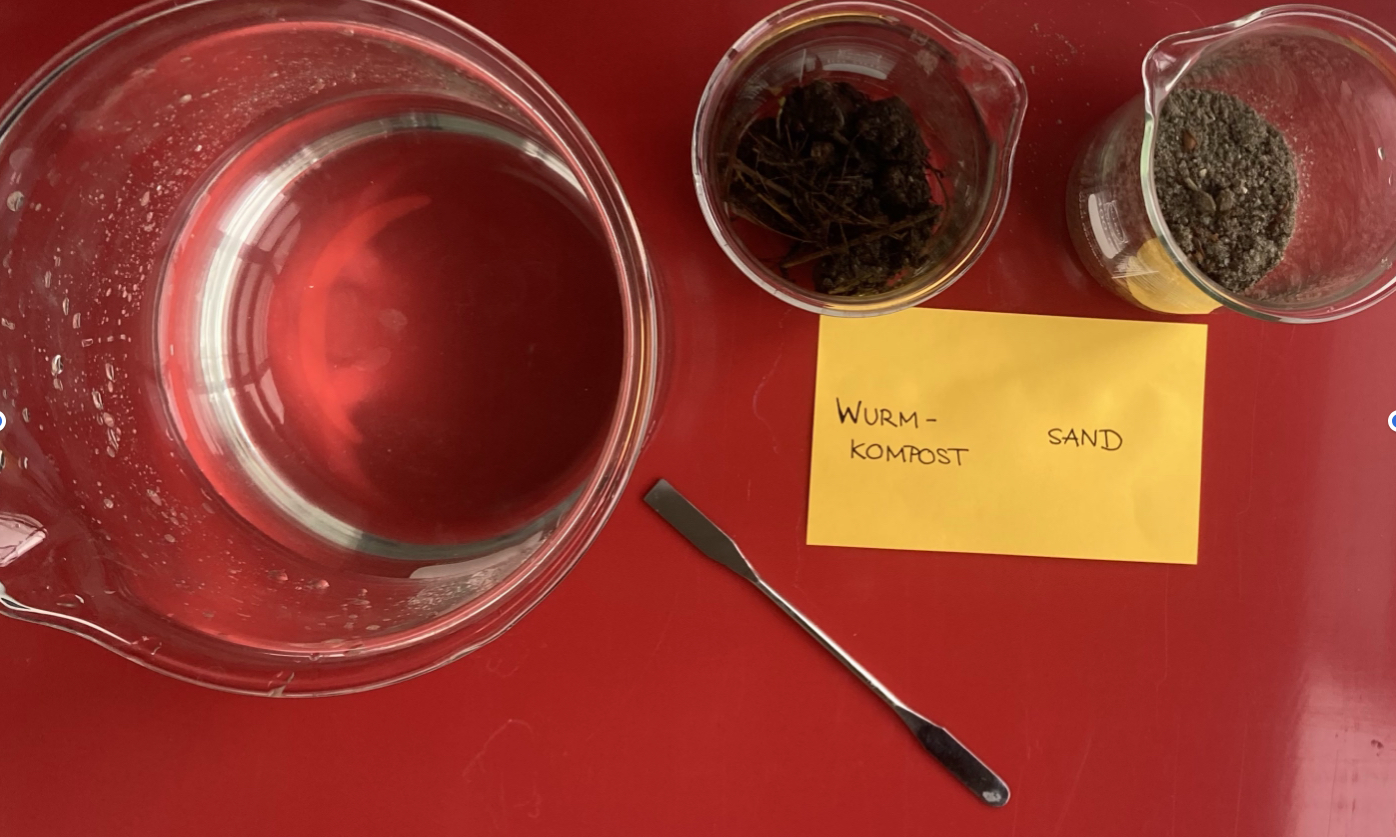
Materials for the slurry sample
What you need

Materials for the slurry sample
- Large beakers or screw-top jars for the samples
- Your soil sample
- water
- Spoon or spade
Instructions: How it works
To find out the particle size, fill a handful of soil from your bed into a jam jar. Fill the rest of the jar with water, close it and shake vigorously until all the clumps of soil have dissolved. Then leave it to stand for one to two days. You should now see two layers at the bottom of the jar. A coarse-grained, sandy layer at the bottom and a finer layer of clay particles on top. If the finer layer is significantly thicker than the sandy layer, the soil is rather heavy. In optimal garden soil, both layers are approximately the same thickness. If the sandy layer is thicker, the soil can be classified as light.
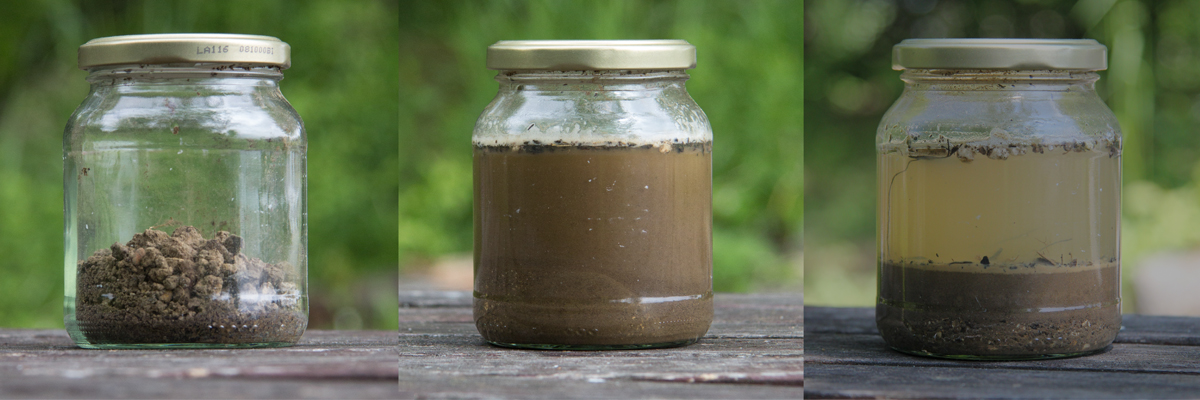
2) Determine humus content using the sludge sample
The color of the soil provides information about the humus content of the soil. The blacker the soil is when moist, the higher the humus content. A high humus content means that the soil is rich in nutrients, has a healthy soil life and can also absorb and retain a lot of water. Dark, humus-rich soil is particularly suitable for growing plants with high nutrient requirements. These so-called heavy feeders include, for example, various cabbage plants or tomatoes. If your soil is light brown in color, you should increase the proportion of organic matter in the soil. You can do this by mixing in mature compost, for example. You can find detailed information on soil improvement here.
If you have any questions or comments, please write to us at [email protected]. Would you like to receive helpful gardening tips all year round and plan your own beds optimally? Then register here or download the Fryd app for Android or iOS.
Fryd - Your digital bed planner

Jonas
Jonas studied agricultural biology. He discovered his passion for plants and gardening through an internship at a permaculture NGO. Since then, he has been gardening on his balcony and in community gardens.
Learn MoreCurrent Topics in the Community
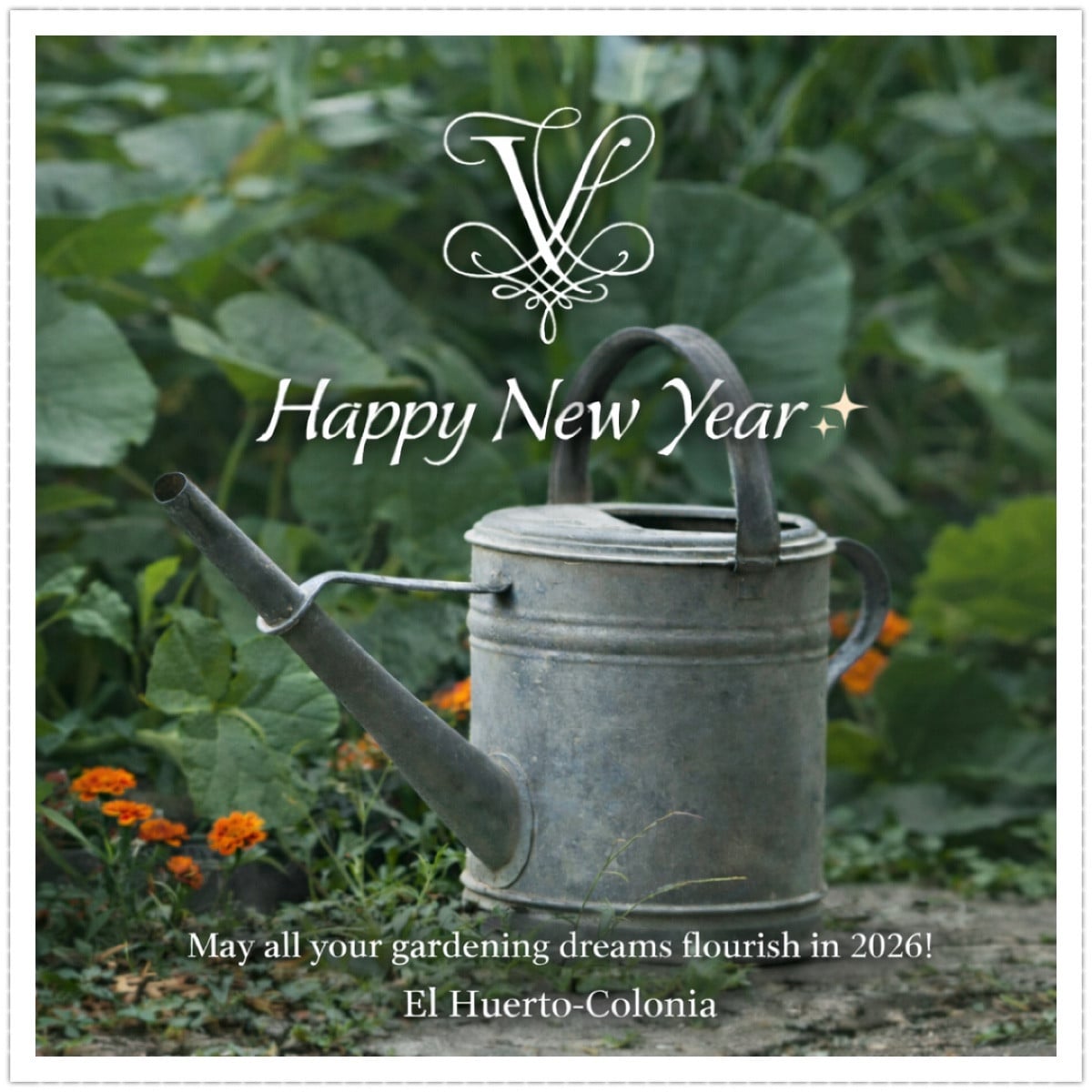
Liked 1 times
💚🦋🐜🐌🐛🐞🐝🌻🦋💚
Hi, I'm currently creating a plan and have noticed that I can't enter my plants as dead/harvested on my pc/notebook, I can only delete them. Is that the case or am I just too blind to find it? Thanks for your feedback and a happy new year ^^
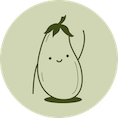

Liked 7 times
My homemade beeswax candles made from my own beeswax Now the problem is that I can no longer reach my vegetables - even the digging fork is frozen solid - I can only harvest Brussels sprouts and kale
Popular Articles

Overwintering Parsley: How to Do It Successfully

How to Grow Lettuce in Winter: Varieties, Sowing, Harvesting

Growing Sage Plant: Tips for Sowing and Harvesting

What Herbs Can Be Planted Together?

Create & Design a Permaculture Garden

Overwintering Plants: Tubs, Pots and Raised Beds

Pruning, Fertilizing & Propagating Currants: Care Tips

Pruning Raspberries: How to Do It

Vegetable Garden With Greenhouse: How to Use Greenhouse Effect

Winterizing Beds and the Garden: How to Do It